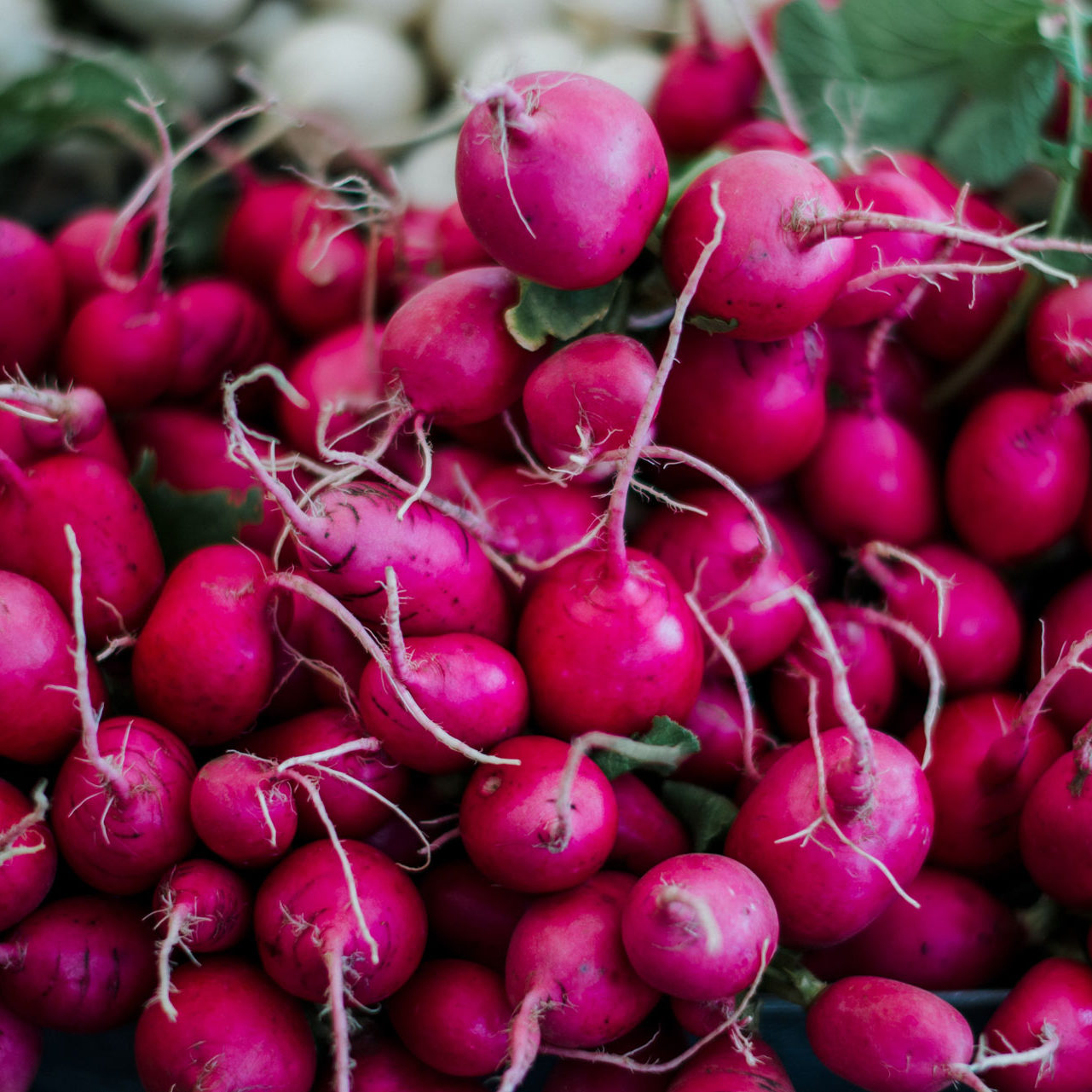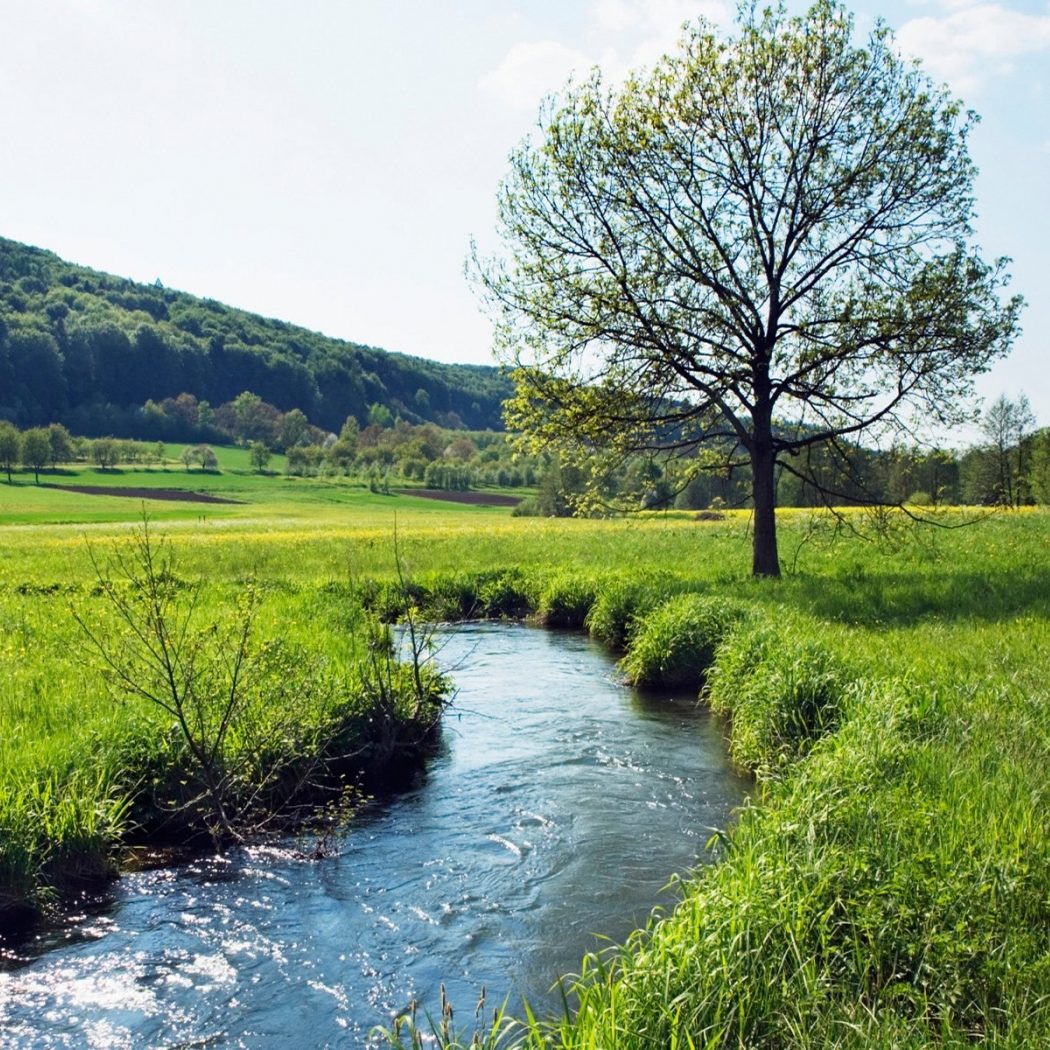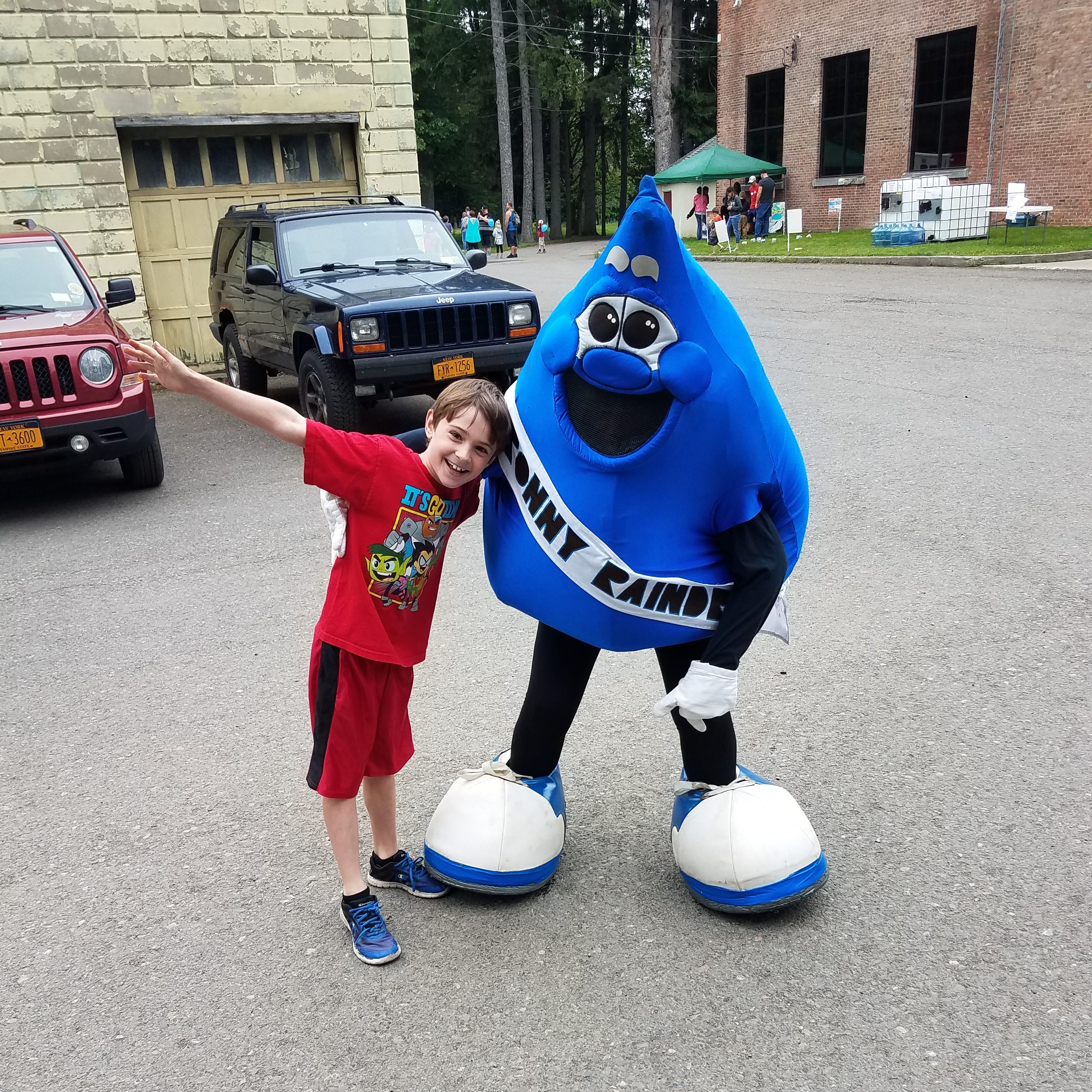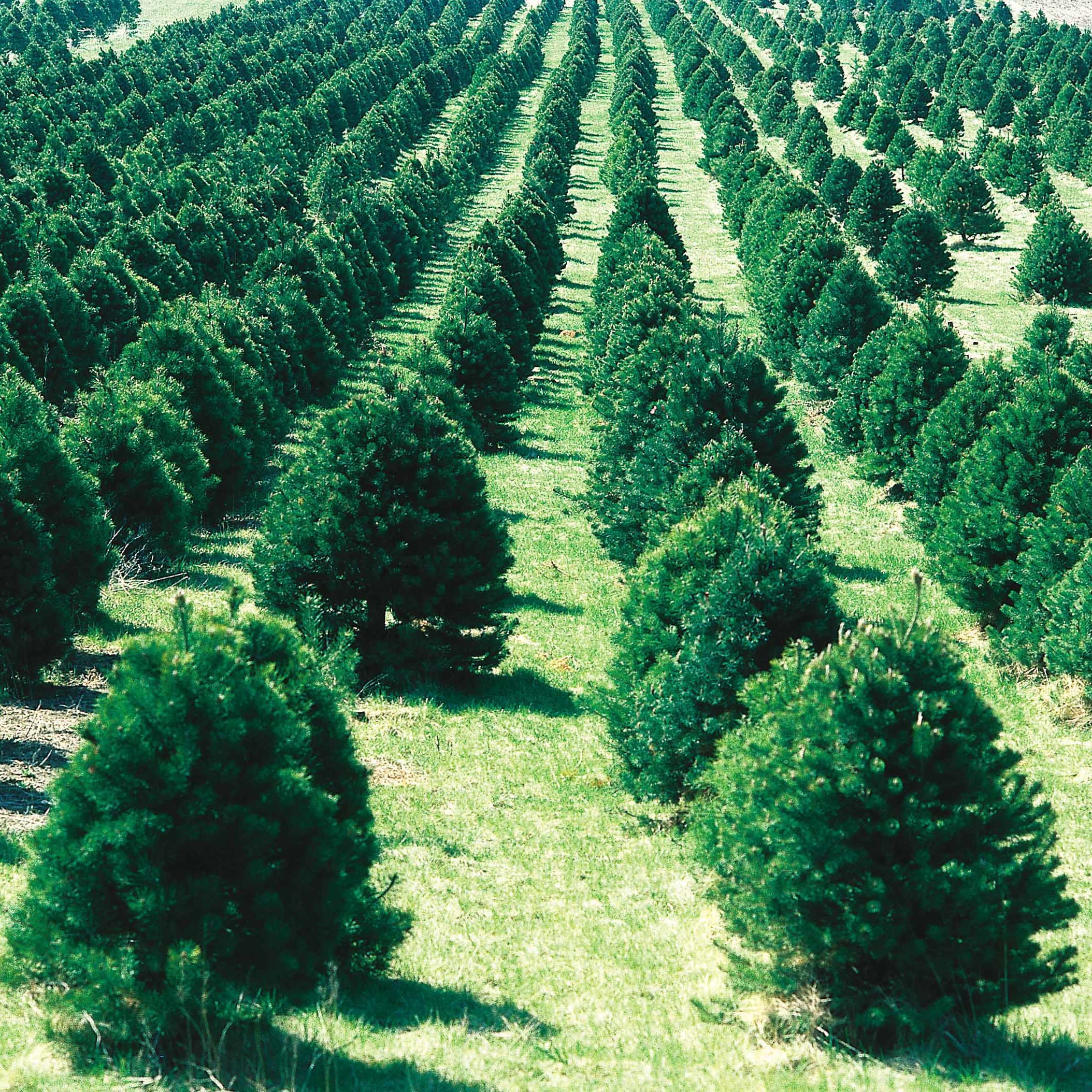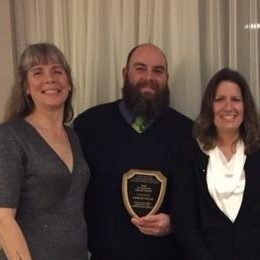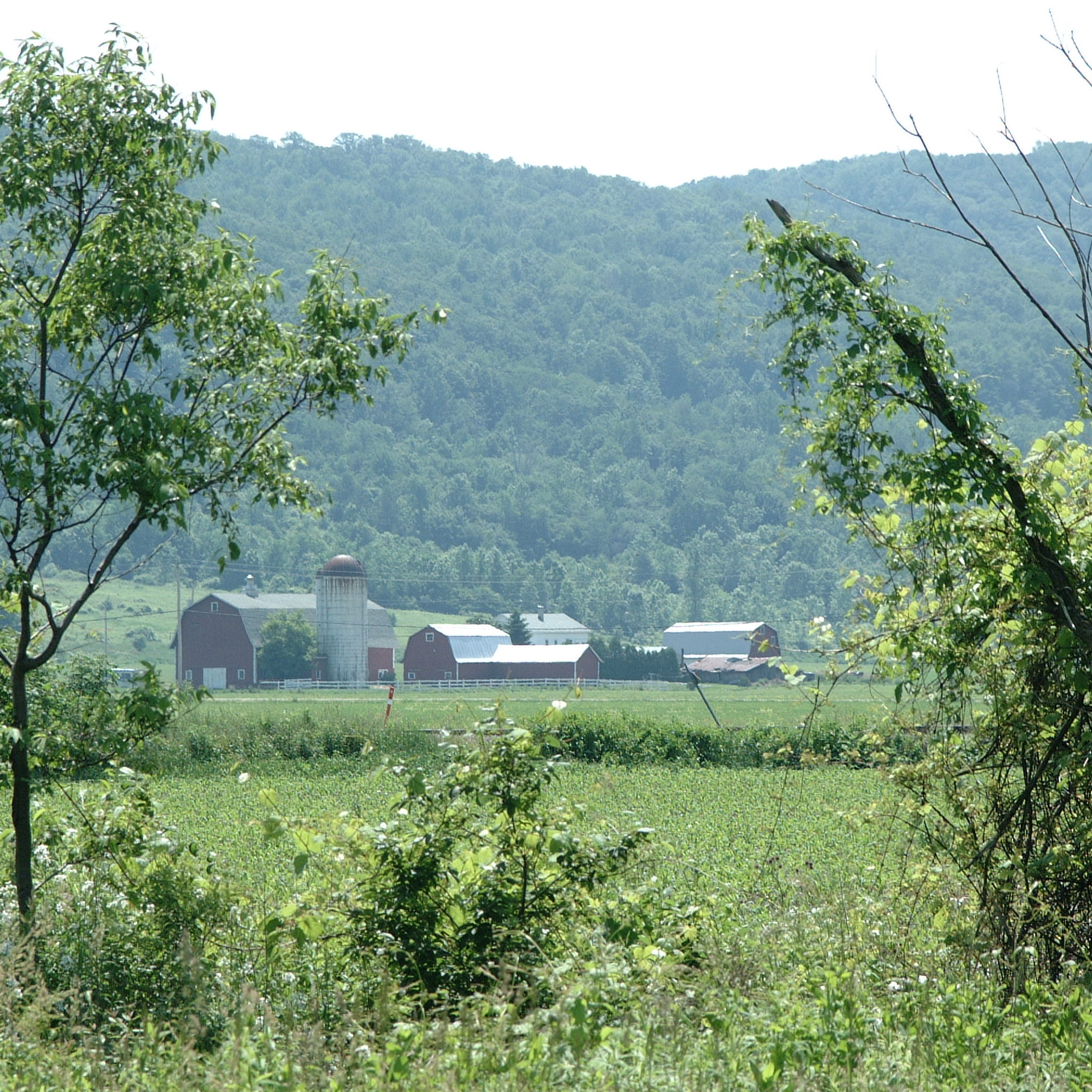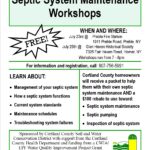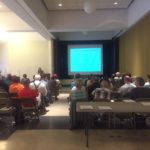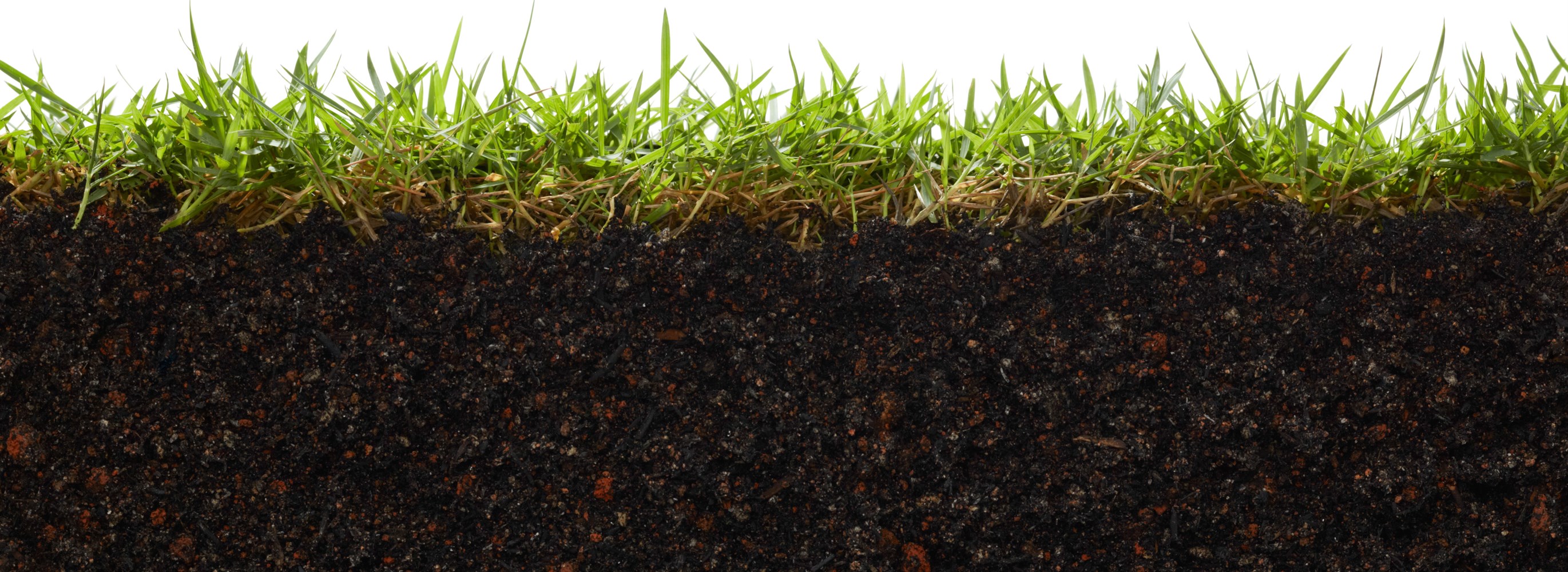POLLINATORS
Pollinators are animals, usually butterflies, beetles, bats, birds and other insects and small mammals, that fertilize plants, resulting in the formation of seeds and the fruit surrounding seeds. As these animals are searching for food, they brush against the reproductive parts of flowers and collect pollen on their bodies. When they move to the next flower or plant they do the same thing and transfer pollen, the reproductive and genetic material, thus helping plants to reproduce.
Humans and other animals rely on pollinators to produce nuts and fruits that are essential components of a healthy diet. The majority of crops that we eat and provide most of our nutrition (fruits, vegetables, and nuts) rely on pollinators for reproduction. Without pollinators, our diets would be severely limited, and it would be more difficult to meet the requirements for vitamins and minerals that we need to stay healthy. Pollinator impact on the global economy through agriculture alone is estimated in hundreds of billions of dollars per year.
Over 80% of other plant species found world-wide require pollinators to produce seeds that will become the next generation of plants. These plants are an important part of a healthy ecosystem, providing cover and habitat, erosion control, and contributing to climate resiliency.

Helping Butterflies
Even though many plants are advertised as good for butterflies, some are only good at feeding butterflies whereas others feed and support their caterpillars, the next generation. Plants that attract and feed butterflies but offer nothing to the butterfly eggs laid on them actually do more harm than good to butterflies. These plants tend to be non-native to New York, meaning they are native to some other continent or to North America west of the Rocky Mountains. These plants may be beneficial to native butterflies in those areas, but are not helpful to our butterflies because many insects have evolved very tight relationships with specific New York native plants. Our butterflies get drawn in by the nectar-laden flowers of non-native plants, but lay their eggs on plants that won’t support the hatching caterpillars, hurting the next generation of butterflies.
One common example of a plant touted as a butterfly plant is butterflybush, Buddleia. It is certainly good at attracting butterflies, in addition to being an attractive garden plant. The Cortland County SWCD offers this plant in its Spring Planting Program because in the past County residents have wanted it, but we don’t recommend it if you want to help butterflies and other insects such as pollinators. If you want to help these important parts of our ecosystem, as well as songbirds and other wildlife, look for the “N” in the species descriptions to make sure you’re choosing native plants. Native trees and shrubs such as maples, oaks, cherry, viburnum (cranberry), elderberry, dogwood and ninebark are particularly good for supporting all life stages of insects as well as many species of wildlife. When buying flowers from other sources, choose native flowers. Feel free to contact the SWCD for more information on where to find quality native flowering plants.
Bird-friendly Habitat
From a bird’s point of view, native plants are like Mom’s home cooking. They’re the tried-and-true foods that keep the birds coming back for more—the berries and seeds that bring in more bluebirds, orioles, goldfinches and a whole long list of other most-wanted species. Birds are already familiar with native plants, which make them a surefire attraction when their seeds or berries ripen.
The secret to a bird-friendly habitat, though, is to have a mix of seed plants and berries. Native berries, such as blueberries and elderberries, attract our most-wanted bird friends, including many that aren’t backyard feeder regulars. Several bird species will visit your garden as the crop begins to ripen.
Even when they’re young, native oaks, maples, black cherries and other large trees attract birds to their sheltering branches and to the insects that take up residence on them. Several years down the road, their nuts, seeds or fruit will bring in the birds big-time. Add trees to your yard if you have the space, and you’ll enjoy the benefits
In terms of food offerings, seeds and berries are the most obvious to us, but birds are also attracted to something else on the plants that we may never even notice: insects. And native plants hold a trump card: caterpillars. Why should we care about caterpillars? Because they’re a prime target for parent birds who have to satisfy a nest full of begging beaks. Birds will eat berries and seeds from nonnative plants, but caterpillars are super-finicky, and themselves feed mainly on all-American trees, shrubs and flowers that serve as their nurseries.
Insects aside, native plants also serve as building supply stores. To make their nests, birds collect twigs and dead leaves or needles from trees and shrubs, and strip fibers and bark from milkweed, Indian hemp, wild grapevines and other natives. Bird houses may also be needed.
Lately, “native” has become a selling point, a buzzword of sorts, splashed across every plant that originated anywhere in North America. That’s not very helpful, because many natives are very particular about where they’ll grow. The Cortland County Soil and Water Conservation district provides many native plants in their Spring Planting Program that have been selected to provide a variety of conservation uses and are adapted to Cortland County site conditions.

